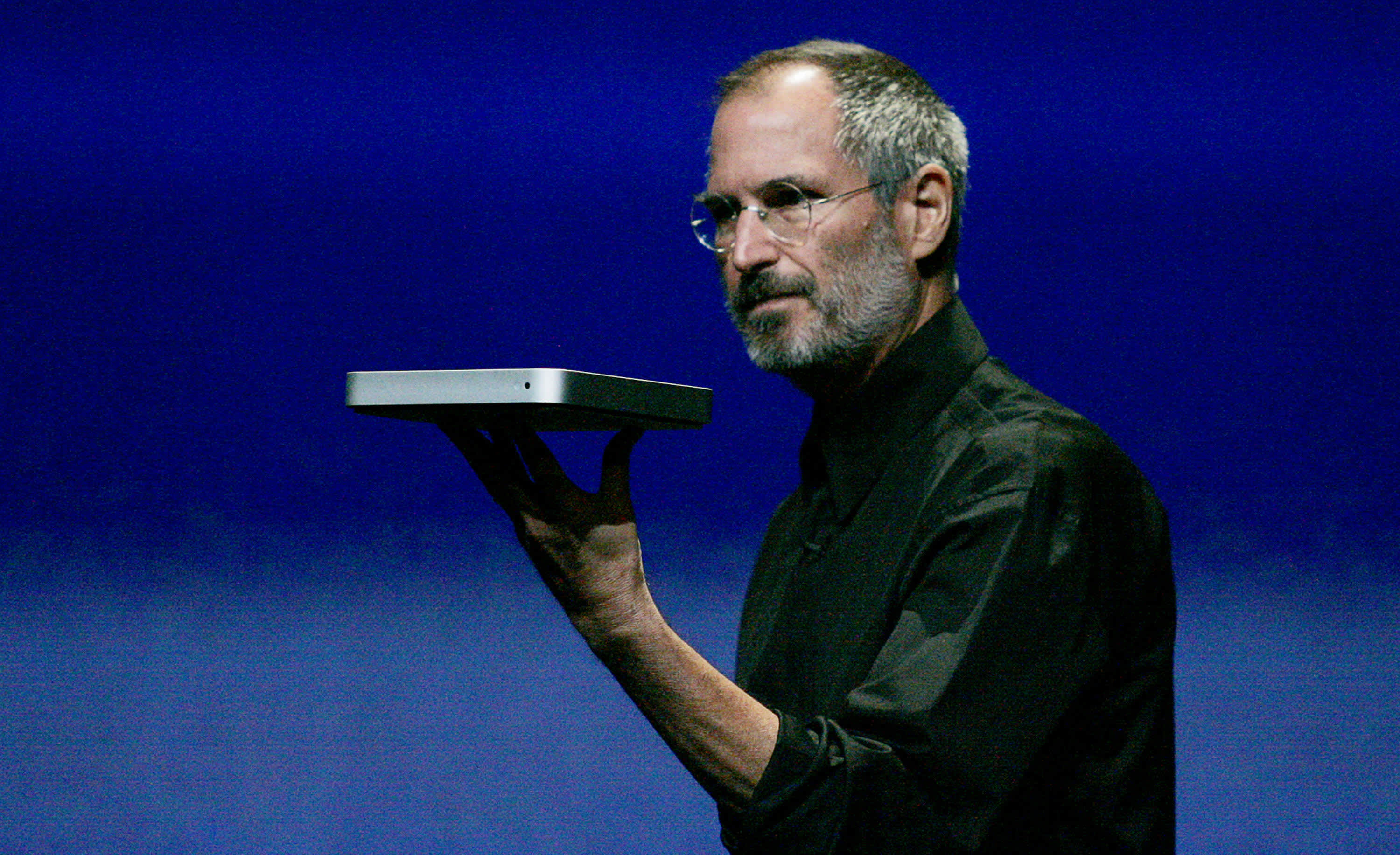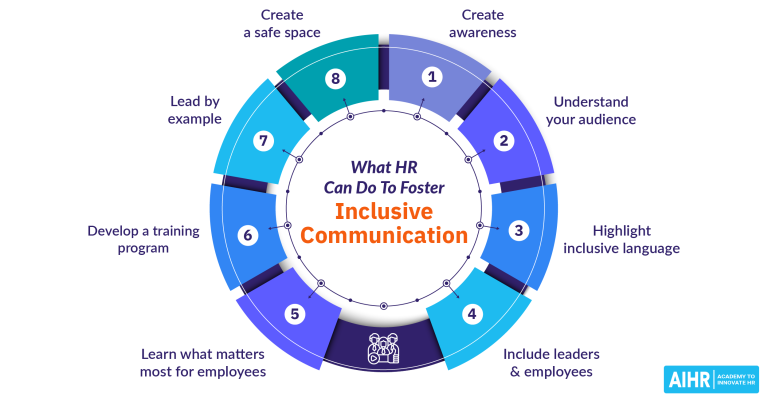Steve Jobs Body Language
Picture this: Steve Jobs, the innovative mind behind Apple, captivating an audience not just with his words, but with his body language. Fascinating, right? Well, buckle up because we’re about to dive into the intriguing world of Steve Jobs’ body language.
When it comes to effective communication, it’s not only what you say but how you say it. And Steve Jobs was a master of using his body language to convey his ideas and captivate his audience. From his iconic presentation style to his confident gestures, Jobs knew how to make a lasting impression.
In this article, we’ll explore the power of Steve Jobs’ body language and discover how he used it to inspire, persuade, and leave a lasting impact on the world. So, get ready to uncover the secrets behind the man who revolutionized technology, one gesture at a time.

Unveiling the Secrets of Steve Jobs’ Body Language
Discover the fascinating world of Steve Jobs’ body language and learn how his nonverbal cues shaped his success as a visionary and leader.
The Power of Presence
One of the most striking aspects of Steve Jobs’ body language was his undeniable presence. From the moment he walked into a room, all eyes were on him. Jobs exuded an aura of confidence and gravitas that commanded attention and respect. His tall stature, upright posture, and deliberate movements projected a sense of authority and purpose. Jobs’ body language communicated that he was in control and meant business.
Furthermore, Jobs had a penchant for taking center stage during presentations and product launches. His commanding presence and charismatic gestures captivated the audience, making them feel as if they were a part of something extraordinary. Jobs’ ability to captivate and engage through his body language was a key factor in his success as a public speaker.
By cultivating presence and using his body language to convey his message, Steve Jobs made an indelible impact on his audience and left a lasting impression.
The Art of Effective Communication
Steve Jobs was a master at using nonverbal cues to enhance his communication. While his words were important, his body language often spoke louder. Jobs had a knack for creating emotional connections with his audience through his gestures and expressions.
One of the most iconic examples of Jobs’ body language was his use of the “reality distortion field.” This term refers to his ability to project an unwavering belief in his ideas, even in the face of skepticism. Jobs’ intense gaze, coupled with his passionate gestures, made people believe in what he was saying. His body language created an atmosphere of enthusiasm and excitement, allowing him to rally people behind his vision.
Moreover, Jobs incorporated strategic pauses, hand gestures, and facial expressions to emphasize key points and evoke specific emotions. These nonverbal cues helped reinforce his message and ensure that his audience was fully engaged and receptive to his ideas.
The Impact of Nonverbal Confidence
Steve Jobs’ body language exuded the utmost confidence. His unwavering self-assurance was reflected in his posture, facial expressions, and gestures. This confidence played a vital role in Jobs’ ability to inspire and motivate his team.
Jobs’ assertive body language created an environment of trust and reassurance. His team members knew that he believed in them and their abilities. This nonverbal confidence instilled a sense of empowerment, pushing individuals to perform at their best.
Furthermore, Jobs’ confidence extended beyond the workplace. His self-assured demeanor during public appearances and product launches left consumers and investors alike with a positive impression of Apple’s products and its future. Jobs’ body language conveyed that Apple was a formidable force in the industry, inspiring brand loyalty and confidence in the company.
Building Rapport Through Nonverbal Cues
Steve Jobs’ body language was instrumental in building rapport and establishing strong connections with individuals. His ability to make others feel heard, understood, and valued set him apart as a leader.
Jobs was known for his active listening skills, as evidenced by his nodding, attentive posture, and eye contact. These nonverbal cues conveyed that he was fully present and genuinely interested in what the other person had to say. By listening attentively and using appropriate nonverbal responses, Jobs created a sense of rapport and trust, fostering strong relationships with his colleagues, employees, and business partners.
Moreover, Jobs’ ability to adapt his body language to suit different situations and individuals allowed him to connect on a deeper level. Whether he was inspiring his team, negotiating with suppliers, or charming potential customers, Jobs used nonverbal cues to establish a shared understanding and bridge communication gaps.
The Legacy of Steve Jobs’ Body Language
The enduring legacy of Steve Jobs’ body language continues to inspire and captivate audiences today. His mastery of nonverbal communication has left an indelible mark on the business world, serving as a reminder of the power of presence, effective communication, confidence, and rapport-building.
By studying and understanding the nuances of Steve Jobs’ body language, we can apply these principles to our own lives and professional endeavors. Whether we are stepping into the spotlight during a presentation, leading a team, or engaging with others, the lessons we can learn from Jobs’ body language are invaluable. Let us embrace the secrets of Steve Jobs’ nonverbal cues and harness their power to make a lasting impact in our lives.
Mastering the Art of Persuasion: Steve Jobs’ Body Language Techniques
Explore the influential techniques behind Steve Jobs’ body language that elevated his presentations to legendary status and discover how you can apply them in your own endeavors.
Cracking the Code: The Key Elements of Steve Jobs’ Body Language
Uncover the key elements of Steve Jobs’ body language that contributed to his success as a visionary leader and revolutionized the tech industry.
Key Takeaways: Steve Jobs’ Body Language
- Eye contact: Jobs maintained intense eye contact, showing confidence and authority.
- Hand gestures: He used expressive hand movements to emphasize key points.
- Posture: Jobs stood tall and straight, projecting a sense of presence and control.
- Facial expressions: He displayed enthusiasm and passion through his facial expressions.
- Pauses: Jobs strategically used pauses for dramatic effect and to make a point.
Frequently Asked Questions
Steve Jobs, the co-founder of Apple Inc., was not only known for his innovative ideas and leadership but also for his unique body language. This FAQ section aims to delve into some intriguing aspects of Steve Jobs’ body language.
1. How did Steve Jobs use his body language to captivate his audience?
Steve Jobs was a master at using his body language to captivate his audience. One of his notable techniques was his theatrical use of gestures. He was known for using exaggerated hand movements to emphasize key points and make his presentations more engaging. Jobs also had a distinct style of walking across the stage while speaking, which added to his overall stage presence. Additionally, his eye contact with the audience was intense, creating a personal connection.
Furthermore, Jobs had a confident and charismatic posture. He would stand tall with his head up, shoulders back, and chest out. This body posture exuded authority and helped him command attention. By employing these techniques, Jobs was able to deliver impactful and memorable presentations.
2. How did Steve Jobs’ body language reflect his attention to detail?
Steve Jobs was known for his perfectionism and attention to detail, which was also evident in his body language. One aspect that stood out was his meticulous hand gestures. He would purposefully use his fingers to point or demonstrate features on Apple products, showcasing his obsession with craftsmanship. This attention to detail extended to every movement and gesture he made during his presentations.
Jobs’ body language also reflected his focus on simplicity and minimalism, core principles that he applied to his designs. He had a deliberate and controlled way of moving, avoiding any unnecessary gestures or excessive movements. This intentional body language mirrored his dedication to creating products that were sleek, user-friendly, and aesthetically pleasing.
3. Did Steve Jobs’ body language change during challenging moments?
Yes, Steve Jobs’ body language would often change during challenging moments. When faced with tough questions or criticism, he would display a defensive body language. His facial expressions would show signs of irritation or frustration, and he would cross his arms as a protective gesture. Jobs would also lean back or step away, physically distancing himself from the situation.
However, despite these defensive gestures, Jobs would quickly regroup and regain control. He would then shift to a more assertive and confident stance, using his body language to reinforce his points and counter any opposition. This adaptability in his body language allowed him to navigate difficult situations and ultimately turn them to his advantage.
4. How did Steve Jobs’ body language influence his leadership style?
Steve Jobs’ body language played a significant role in shaping his leadership style. His charismatic and confident posture projected an air of authority and inspired trust among his team members. Jobs’ use of dynamic and expressive gestures during presentations created a sense of excitement and energy, motivating those around him.
Additionally, Jobs’ body language exhibited his passion and enthusiasm for his work. His animated expressions and energetic movements conveyed his dedication to his vision, influencing others to share in his passion. By aligning his body language with his words, Jobs was able to effectively communicate his vision and rally his team towards shared goals.
5. What can we learn from Steve Jobs’ body language?
Steve Jobs’ body language offers valuable lessons for communication and leadership. Firstly, his use of exaggerated gestures teaches us the power of making our presentations more engaging and memorable. Using expressive and purposeful movements can help captivate an audience and leave a lasting impression.
Secondly, Jobs’ attention to detail in his body language reminds us of the importance of being mindful of our nonverbal communication. Every movement, posture, and expression can convey messages, so it’s crucial to ensure that they align with our intended message. Finally, Jobs’ ability to adapt his body language demonstrates the importance of flexibility and resilience in challenging situations. Being aware of and adjusting our body language can help us navigate difficult moments effectively.

How Steve Jobs Manipulated Reality | Body Language Masterclass
Summary
Steve Jobs had a notable body language that contributed to his success. By standing tall and speaking confidently, he commanded attention and appeared confident. His use of hand gestures helped him emphasize key points and engage the audience. Jobs also used movement on stage to create a dynamic presence and keep his audience engaged. Overall, his body language played a significant role in establishing his authority and making his presentations memorable.
In addition to his physical gestures, Jobs also had a charismatic presence. He had the ability to connect with his audience by maintaining eye contact and displaying genuine passion for his products. His enthusiasm was infectious and inspired others to believe in his vision. Through his body language, Steve Jobs demonstrated the power of nonverbal communication and showed how it can enhance one’s ability to captivate an audience and leave a lasting impression.
